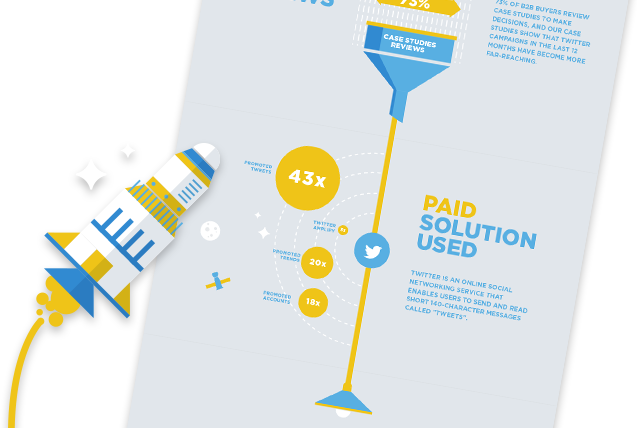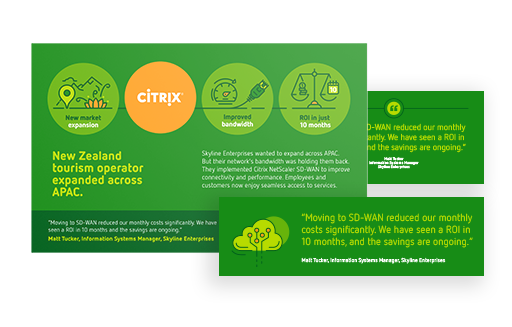.png?width=900&height=506&name=W4U%20Advohub%20social%20promo%20templates(13).png)
I thought I’d finally proven every one of my math teachers wrong.
“Pay attention!” they’d say, “because no matter what you do in life, you’re going to use algebra.”. But does this apply to me, since I work in marketing? Not digital marketing or market research, but something so qualitative that there was no way I would ever need algebra: Customer engagement. I facilitated executive briefings. No math is involved there. I set up executive sponsorship programs. Nothing but addition, subtraction and statistics in that. And I built and ran customer advisory boards. Math-free? Not so fast…
I learned that launching Customer Advisory Boards requires knowledge of three -- until now -- little-known mathematical concepts. With apologies to Pythagoras, Euclid, and my 8th-grade algebra teacher, Mr Fitz-Randolph, here are three mathematical concepts that will help you set your CAB up for success.
Humility Hypothesis:
P(Member engagement) = 1 / [(Title + Company) - Humility]
The probability of CAB members getting and staying engaged with your program has an inverse relationship with the member’s title and company. The Humility Hypothesis says that the strength of that relationship is offset only by the member’s humility. So, an executive at a huge brand is less likely to participate regularly and engage deeply… unless their lack of ego offsets the impact of their role. Fortunately, you can see humility in the CAB candidate’s actions even before they join, when they show they are genuinely excited to join your CAB by responding quickly to your invitations, showing up to exploratory meetings, and asking you great questions when you meet. Leverage this concept in your program by over-indexing for this important characteristic in CAB members.
It’s not easy to operationalize the Humility Hypothesis, since many people value having big companies on CABs highly. You can get the most from this by aligning early with your stakeholders on specific expectations for member participation. This will help you screen out folks who are unlikely to engage with you and the rest of the CAB. If that doesn’t help guide recruitment, consider reserving a seat or two on the board for the “must-invite” customers at your largest accounts. If they don’t participate much, you’ll already have others onboard to fill the gap. And if they engage deeply, you’ll gain extra insight, and you’ll be pleased to be proven wrong -- demonstrating your own high level of humility.
Engagement Equation:
Engagement = Interests + Personality
The Engagement Equation highlights the importance of what’s not on a CAB candidate’s resume. Use it when seeking member nominations by asking screening questions that will guide colleagues to recommend the right people. For example, candidates with leadership roles in professional associations, who speak at industry conferences, or have an active professional social media presence are more likely to invest time in the advisory boards they join, because they’re likely interested in building their personal brand. Recruit them, because you can’t learn from no-shows or disengaged members.
Personality matters, too. Having an initial “exploratory” discussion before extending a formal invitation to join the CAB will give you the opportunity to assess candidates as human beings. Just as you would when interviewing job candidates, pay attention to both verbal and non-verbal signals. Are they easy to talk with, listening well and answering your questions? Do they ask insightful questions back? Always be on the lookout for conversational red flags, because it’s much harder to replace an ineffective CAB member than it is to leave a seat on the CAB unfilled.
Index of Impact Inequality:
Span + Scope > Title
While it might be exciting to be able to say you have a vice president from one of your biggest customers on your CAB, not all vice presidents are created equal. At some companies, vice presidents manage large teams, where they have a great deal of impact on their companies. And at some banks, tellers are vice presidents.
What can you seek to learn about prospective CAB members to make sure you’re recruiting people who have enough impact at their company to be valuable on your advisory board? Rather than focus on the title, aim for CAB members with the right span and scope. Span (the breadth of one’s responsibilities) and scope (their level of decision-making authority) are better predictors of impact. You can apply the Index of Impact Inequality by including elements of span and scope in your nomination criteria, rather than targeting members by title alone.
Add it all up for success
You don’t have to be a mathematician to use these concepts effectively. Align with your stakeholders on the goals of your CAB, then create membership criteria that support those goals. These three concepts will help you develop those criteria and communicate their value to everyone in your organization… no matter how much you enjoyed middle school math.
.png?width=1920&height=1080&name=W4U%20Advohub%20social%20promo%20templates(14).png)
Andy Garlikov brings his passion for creating innovative and impactful engagement programs to his work building and scaling advisory boards, executive briefing programs, and other customer marketing initiatives, deepening customer relationships to grow loyalty and revenue as well as uncovering important insights. In his seventeen years of customer marketing experience with enterprise IT, SaaS, consumer internet, and aerospace firms, he's worked with corporate and public sector customers from nearly every vertical and continent. (We're looking at you, Antarctica.)







